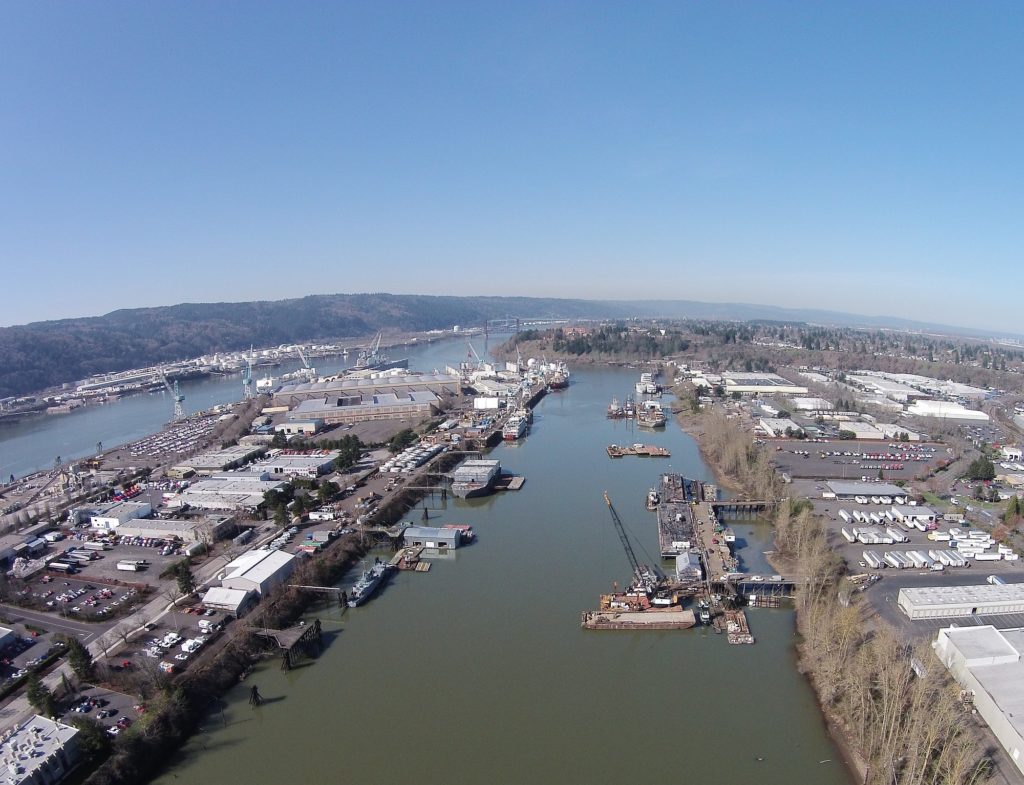At Last, EPA Outlines Plan for Willamette River Superfund Site
By: ajcarapella
By Travis Williams, Willamette Riverkeeper

On January 6th, the U.S. EPA released its “record of decision” for the Willamette River’s Portland Harbor Superfund site, 16 years after its initial listing. The cleanup plan outlined in the decision, while not as strong as Willamette Riverkeeper had sought, is a significant improvement over what had been put forward in a draft plan in June 2016. After that draft was revealed, the Riverkeeper and its partners helped to gather over 5300 public comments, 90 percent of which supported a more robust cleanup.
The site extends nearly 11 miles downstream from downtown Portland. The entire river meanders nearly 200 miles through Oregon’s Willamette Valley, from Eugene in the south to Portland to the north.
Over the decades a significant amount of industrial and municipal pollution has contaminated the river in the harbor, and hundreds of acres of sediment containing PCBs, dioxin, PAH and DDE, and many other pollutants are found in the river-bottom and pose an ongoing risk to human and ecological health.
Willamette Riverkeeper has worked on this site since 2000, and, with its partners, has pushed for a plan that calls for significant dredging and engineered capping. It has also sought to limit the process of monitored “natural recovery,” by which the river’s natural sediments would cover up contaminated sediment. The City of Portland and the State of Oregon were early proponents of a cleanup plan.
The EPA has listened to the community, and is requiring more removal of pollution from Willamette River, engineered caps and more openness during the remediation. More than three million cubic yards of sediment will be removed, and over 123,000 linear feet of contaminated riverbank excavated. The Riverkeeper will press for the implementation of this plan over the next 10 years, but it will be a complicated process because more than 150 parties hold some measure of liability for the cleanup, and their financial liabilities and responsibilities for particular actions must be determined.
During the next year, much will be decided regarding priorities for the cleanup. And, at Willamette Riverkeeper’s urging, the State of Oregon and U.S. EPA have established the Willamette Toxics Reduction Taskforce, which will work to identify sources of contamination that are far upstream.